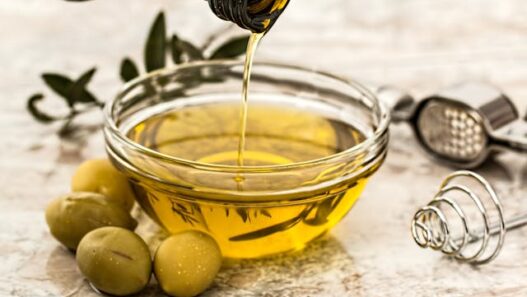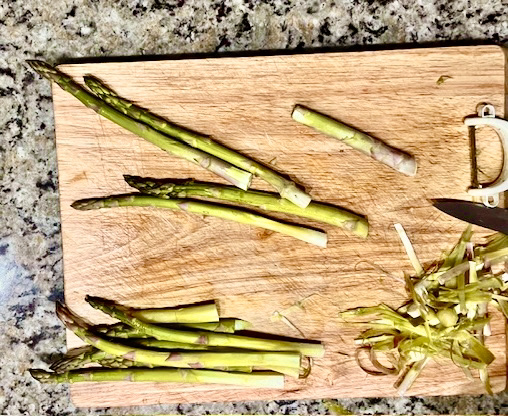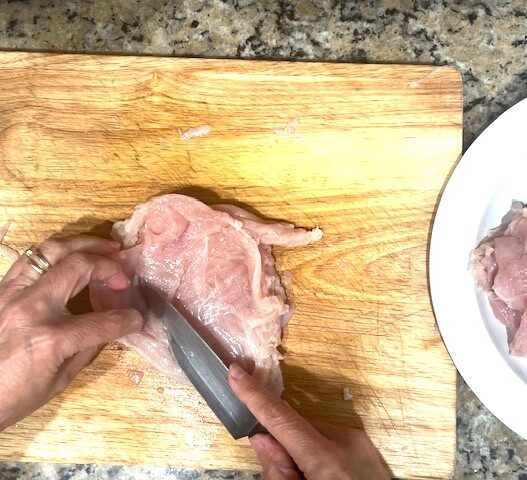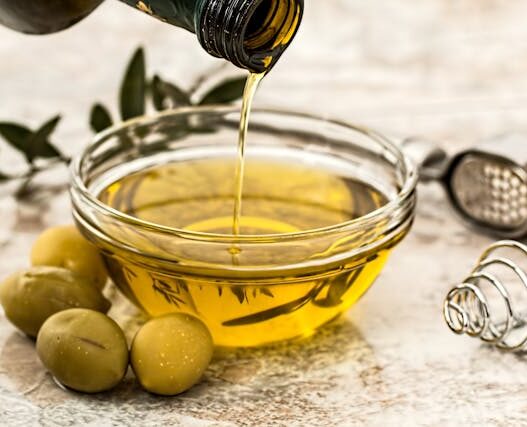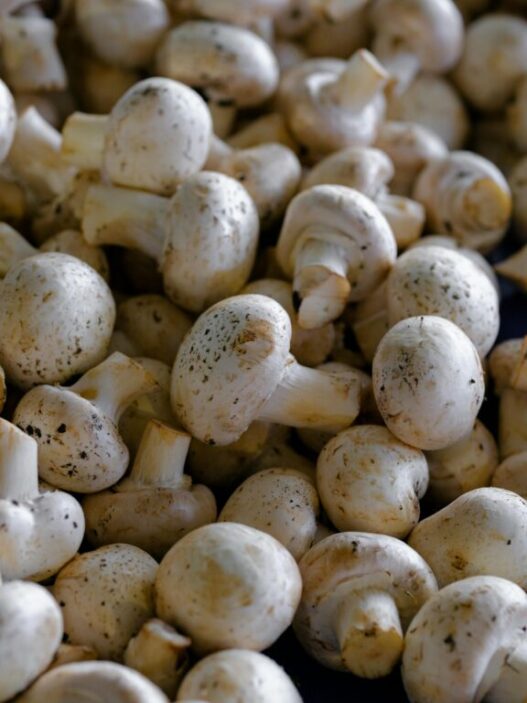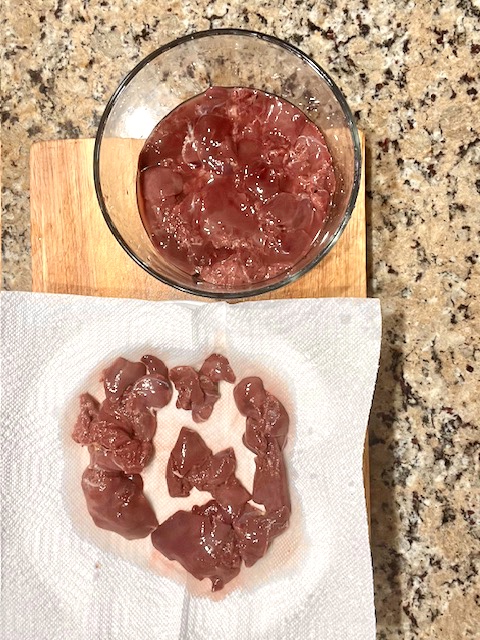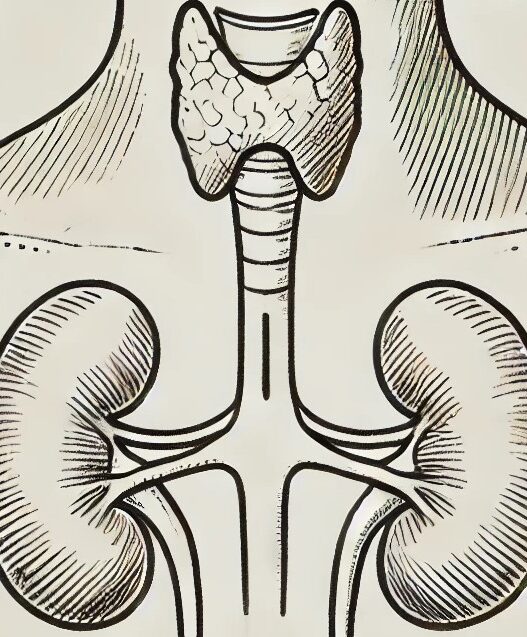How to Clean Asparagus: A step-by-step guide
Asparagus is one of those versatile vegetables that can elevate any dish, whether it’s roasted, grilled, or sautéed. However, to get the best flavor and texture from your asparagus, it’s essential to clean it properly before cooking. In this post, I’ll walk you through the steps to clean asparagus, ensuring it’s ready for your favorite AIP-friendly recipes.
Why is Important to Clean Asparagus
Cleaning asparagus is crucial for removing dirt and sand that can hide between the spears. It also helps to remove any unwanted chemicals from pesticides, especially if you’re not using organic asparagus. Taking a few minutes to clean your asparagus will ensure that every bite is fresh and delicious!
Step-by-Step Guide to Cleaning Asparagus
What You’ll Need:
- Fresh asparagus
- A large bowl or colander
- Cold water
- A clean kitchen towel or paper towels
How to Clean Asparagus Instructions:
- Inspect the Asparagus: Begin by examining the asparagus spears. Look for any wilted or discolored ends and remove them if necessary. Fresh asparagus should be firm and vibrant green.
- Rinse Under Cold Water: Hold the asparagus under cold running water to rinse off any dirt or debris. Make sure to turn the spears gently to ensure all sides are cleaned.
- Soak (Optional): If your asparagus seems particularly sandy or dirty, you can fill a large bowl with cold water and let the spears soak for a few minutes. This will help dislodge any stubborn dirt. After soaking, lift the asparagus out of the water rather than pouring the water out to avoid transferring any dirt back onto the spears.
- Trim the Ends: After cleaning, you have two options for trimming the tough, woody ends of the asparagus:
- Snap Method: Hold each spear and gently bend it until it snaps naturally. This will break off the tough part while leaving the tender section intact.
- Peeler Method: Alternatively, you can use a vegetable peeler to peel away the tough, woody outer layer from the bottom of each spear. Continue peeling until you reach the white part of the end, which is tender and ready to eat. This method helps minimize waste and ensures you keep more of the asparagus.
- Dry the Asparagus: Gently pat the asparagus dry with a clean kitchen towel or paper towels. This step is important if you plan to roast or grill the asparagus, as excess moisture can cause steaming instead of roasting.
- Ready to Cook: Your asparagus is now clean and ready to be cooked! You can roast it, grill it, or add it to your favorite AIP recipes.
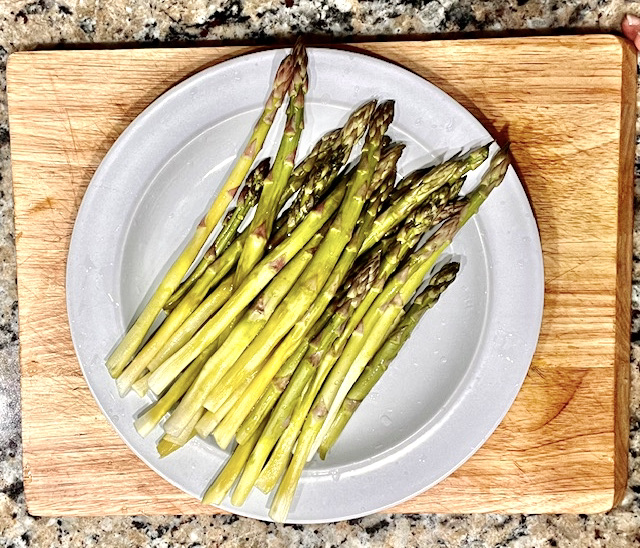
Personal Tip:
I always find that taking the time to clean my vegetables thoroughly makes a big difference in taste and quality. Asparagus is a wonderful vegetable that can be enjoyed in many ways, and knowing it’s clean gives me peace of mind while cooking. Plus, it’s an easy way to elevate your dishes!
Final Thoughts
Cleaning asparagus is a simple but essential step that ensures your vegetables are fresh, delicious, and ready for cooking. Whether you’re making a vibrant salad, roasting it as a side dish, or incorporating it into a savory recipe, clean asparagus will make all the difference.
Feel free to share your favorite ways to enjoy asparagus in the comments! Do you have any other tips for cleaning or preparing this versatile vegetable?
For more guides on cleaning vegetables, you can go to the Guide to Washing Fresh Produce.
Once cleaned, you can cook the asparagus in a variety of ways. One delicious method is to roast it for a perfectly tender and flavorful side dish. Click here for the roasted asparagus recipe!







